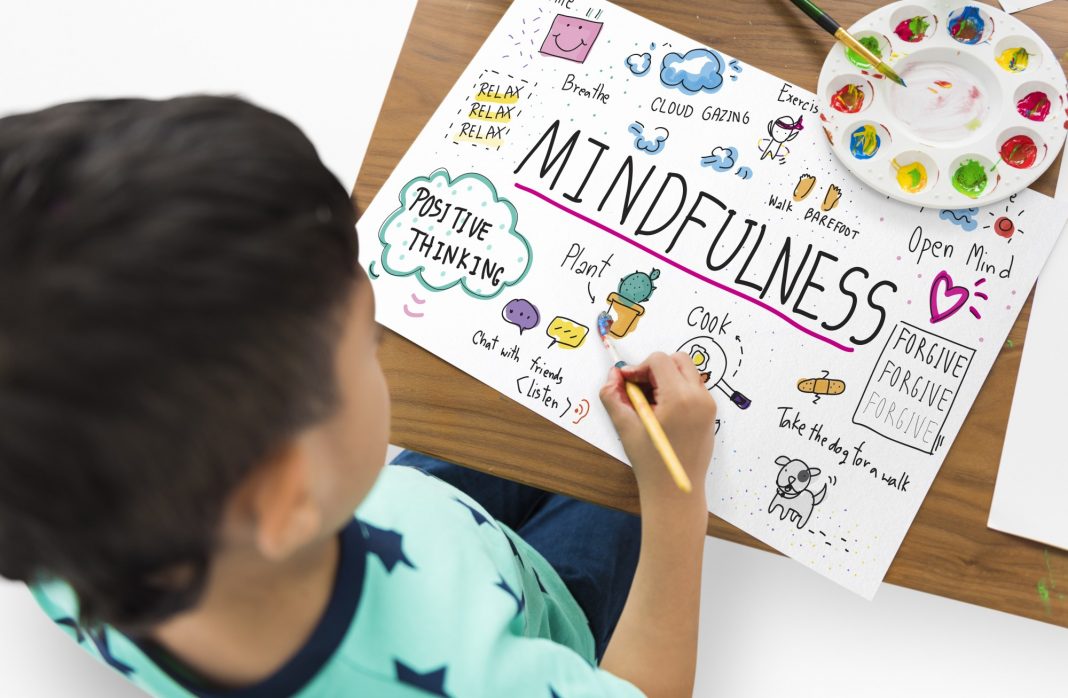Back to school is here, but with drastic shifts in the education environment due to the pandemic, children may find it hard to adjust when regular school resumes. According to researchers, mindfulness can give students the tools to focus on the present and not the past.
In this month’s issue of Retail Pharmacy Assistants e-magazine, Samantha Crawford takes a look at mindfulness in education – an emerging tool used to combat distraction, behaviour problems and stress.
As mindfulness education gains traction, research shows that students who use mindfulness can better regulate their emotions and refocus their attention.
Why mindfulness?
Developing social and emotional skills is vital for children to learn. Smiling Mind, a mental health not-for-profit organisation, reports that in Australia, one in seven primary and one in five secondary students suffer from mental illness.1
Highlighting the promotion of emotional and social wellbeing has never been more critical. Research shows that having the ability to build healthy relationships and respond to emotions within oneself and others reduces the risk of developing mental health issues.2
To develop these skills, children must learn how to regulate emotions and interact with others. We’ve seen education institutions implement more mindfulness programs to help foster these skills to promote wellbeing and healthy mental health.
Mindfulness in education
Queensland based educator Wendy Fox, creator of the mindfulness program Pause, has witnessed first-hand the benefits of mindfulness when implemented in the classroom.
“I’ve seen so many positive experiences, too numerous to mention,” she said, reflecting on her involvement in the subject. “Not only in the classroom, but also with my own two children at home.
She added: “In 2020, my daughter was in Year 12 and even though she’d never been in a school that taught … mindfulness, she’d learned a lot of techniques along with me when I was studying it all.
“She shared different ideas and strategies with her friends, and together they utilised many breathing techniques and simple meditations that helped them cope with the peaks and valleys that they had to endure that year.
In early 2018, after witnessing the benefits of mindfulness in the classroom and its value, Ms Fox began to develop the Pause program with the Queensland Department of Education.
The program helps children to recognise their emotions and teaches them the three parts of the brain responsible for memory, thinking and emotions. This empowers students to be able to engage in emotional regulation.
She says Pause, a free program available to all schools, involves 18 lessons, teachings children about neuroscience, mindfulness, and positive education.
“It’s my life’s work, and I’m so grateful to have the opportunity to share it with schools across Queensland,” she said.
Pause teaches mindfulness interventions to help children calm themselves and relax during stressful, angry and anxious moments.
“The language that Pause develops to help children learn about what’s happening in their body and how they can settle themselves with simple techniques is very empowering for them,” Ms Fox said.
She adds that implementing mindfulness into education has been invaluable in teaching students to calm themselves.
“In my classroom and throughout my visits to many different schools, I witnessed children taking the time to take three deep breaths and going to a quiet corner in the classroom to settle themselves if they were finding a situation challenging,” she said.
Ms Fox says she would recommend mindfulness to everyone.
“When I first started researching and using mindfulness myself, I’d tell anyone who would listen about what I was doing for myself and in my classroom,” she said.
Watch Wendy’s TED Talk here: ted.com/talks/wendy_fox_the_teacher_i_wish_i_had
References:
- Smiling Mind. ‘State of mind’ (2021). Available at smilingmind.com.au/hubfs/State%20of%20Mind/SOM2021_WhitePaper.pdf [accessed: 17/1/22].
- Bavani B, Bell K, Costello S. ‘A qualitative exploration of primary school students’ experience and utilisation of mindfulness’. 2017. Available at: springer.com/article/10.1007%2Fs40688-017-0141-2 [accessed: 17/1/22].







